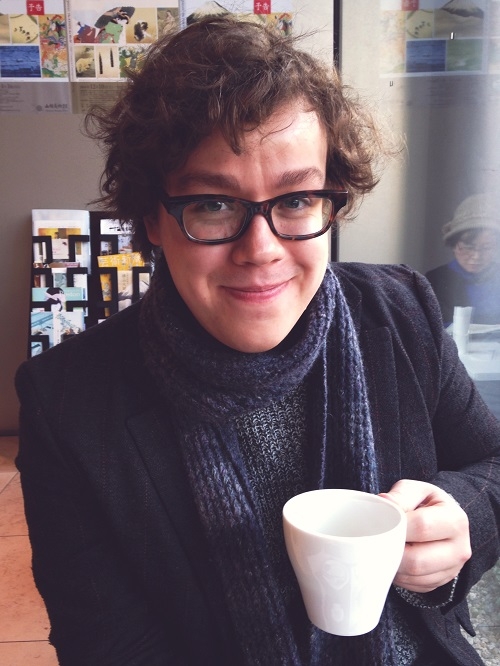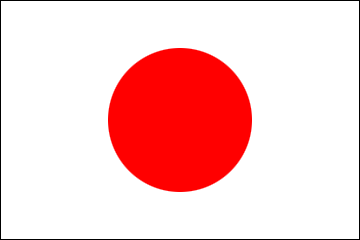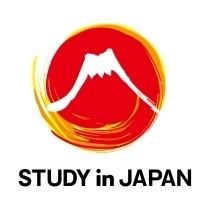Japanese Government (MEXT) Postgraduate Scholarships
MEXT Alumni Personal Experiences
Matt Hitchmough
Japanese Government (MEXT) Postgraduate Scholarship
Tokyo University of the Arts from April 2014 – March 2016
 I have had an abiding interest in Japan, and Japanese culture, since childhood. I did my undergraduate degree in Oriental Studies, specialising in Japanese, and then proceeded to do a Master’s in Art History and Archaeology, focusing on the art of Japan. Both my BA and MA dissertations concerned postwar Japanese-style painting, or nihonga, a genre I first encountered while living in Kyoto on my undergraduate year abroad. Modern nihonga remains a niche field of study outside of Japan, and as I approached the end of my Master’s degree it became clear to me that if I wanted to study it any further, I would need to do so in Japan—not least to have access to the most important works of the modern era, which remain in Japanese collections. It was after discussing this with my Master’s supervisor that I learned of the MEXT programme, and decided immediately to apply.
I have had an abiding interest in Japan, and Japanese culture, since childhood. I did my undergraduate degree in Oriental Studies, specialising in Japanese, and then proceeded to do a Master’s in Art History and Archaeology, focusing on the art of Japan. Both my BA and MA dissertations concerned postwar Japanese-style painting, or nihonga, a genre I first encountered while living in Kyoto on my undergraduate year abroad. Modern nihonga remains a niche field of study outside of Japan, and as I approached the end of my Master’s degree it became clear to me that if I wanted to study it any further, I would need to do so in Japan—not least to have access to the most important works of the modern era, which remain in Japanese collections. It was after discussing this with my Master’s supervisor that I learned of the MEXT programme, and decided immediately to apply.
My first choice of university was Tokyo University of the Arts, colloquially known as Geidai. This was principally because I was eager to study with Professor Satō Dōshin, whose work has been pivotal to recent advancements in the study of modern Japanese painting and the history of "fine art" in post-Meiji Japan. Geidai is based in Ueno, very close to Tokyo National Museum and other major arts institutions, and I was initially placed by the university in accommodation in Matsudo, Chiba, about thirty minutes from Ueno, later moving to an apartment in Kashiwa. I settled in very quickly. The area was relatively inexpensive compared to central Tokyo, and commuting into Ueno by train proved easier and cheaper than I had expected.
During term-time, I attended all of my academic supervisor’s lectures, as well as the department’s weekly graduate research seminar. The seminar provided a fantastic opportunity to get more accustomed to using my Japanese in a research context—a challenge, despite having studied the language as an undergraduate. I was otherwise handed a great deal of freedom to pursue my own research interests. One highlight of the two years was a departmental field trip to Nara, where Geidai has a small research centre. Although my own studies focused on postwar Japanese painting, one of my main interests was in how mid-twentieth century artists explored Buddhist iconography and historical themes in paintings for competition, and the field trip provided a good chance to delve into that subject, as well as to improve my grounding in Japanese Buddhist art. I later made a trip to Hiroshima to study the work of several regional artists relevant to my research, which I was also able to finance using my scholarship funding.
After my research studentship had ended, I ultimately decided to return to the UK to pursue my PhD, which I certainly would not have been in a position to begin without the advantages conferred by my time in Japan. First, however, I spent another couple of years working as a translator and editor in Tokyo, hoping to improve my Japanese ability a little further. Over the last few years I have ended up working on a number of translation projects for art galleries and festivals, as well as translating and editing academic essays and journal articles for publication—again only made possible because of my participation in the MEXT programme.


